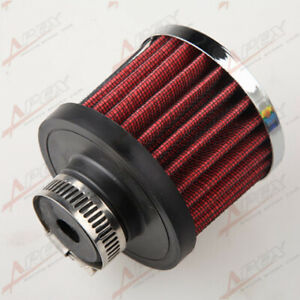Other relevant
http://www.cnqsmotor.com/en/article_read/Statorade%20Ferrofluid/680.html
http://www.cnqsmotor.com/en/article_read_668.html
http://www.cnqsmotor.com/en/article_read/HubSink%20Set/681.html
http://www.cnqsmotor.com/en/article_read_853.html
http://www.cnqsmotor.com/en/article_read_381.html
http://www.cnqsmotor.com/en/article_read/QS%20Motor%2012kw%2014kw%20Water%20Cooled%20Kits%20Assembly/754.html
http://www.cnqsmotor.com/en/article_read_683.html
http://www.cnqsmotor.com/en/article_read/Statorade%20Ferrofluid/680.html
http://www.cnqsmotor.com/en/article_read_668.html
http://www.cnqsmotor.com/en/article_read/HubSink%20Set/681.html
http://www.cnqsmotor.com/en/article_read_853.html
http://www.cnqsmotor.com/en/article_read_381.html
http://www.cnqsmotor.com/en/article_read/QS%20Motor%2012kw%2014kw%20Water%20Cooled%20Kits%20Assembly/754.html
http://www.cnqsmotor.com/en/article_read_683.html


